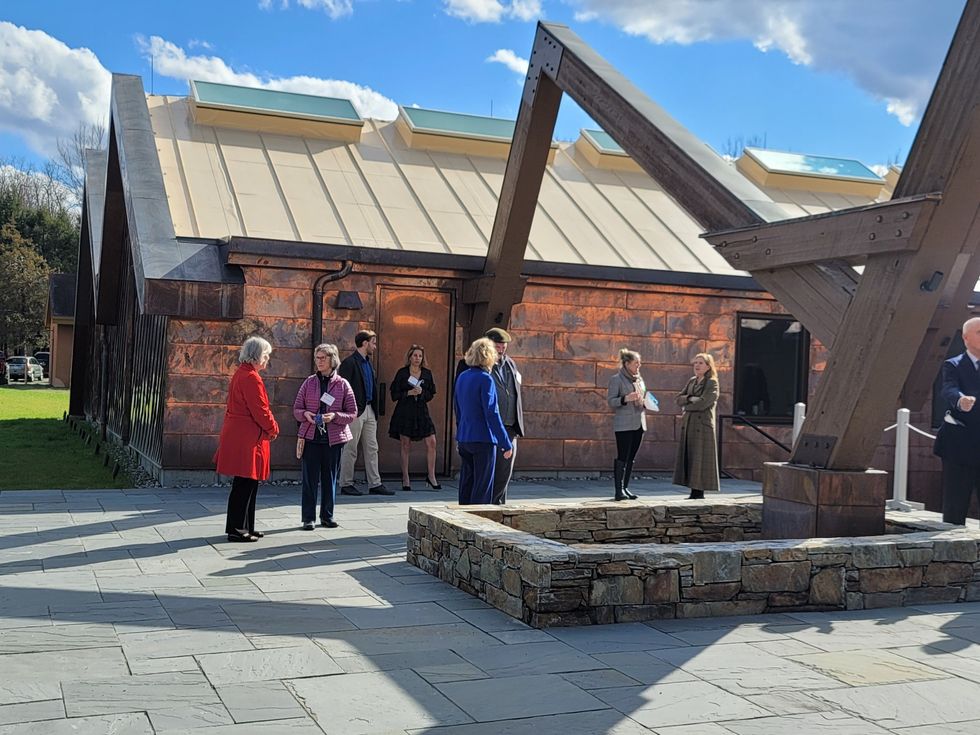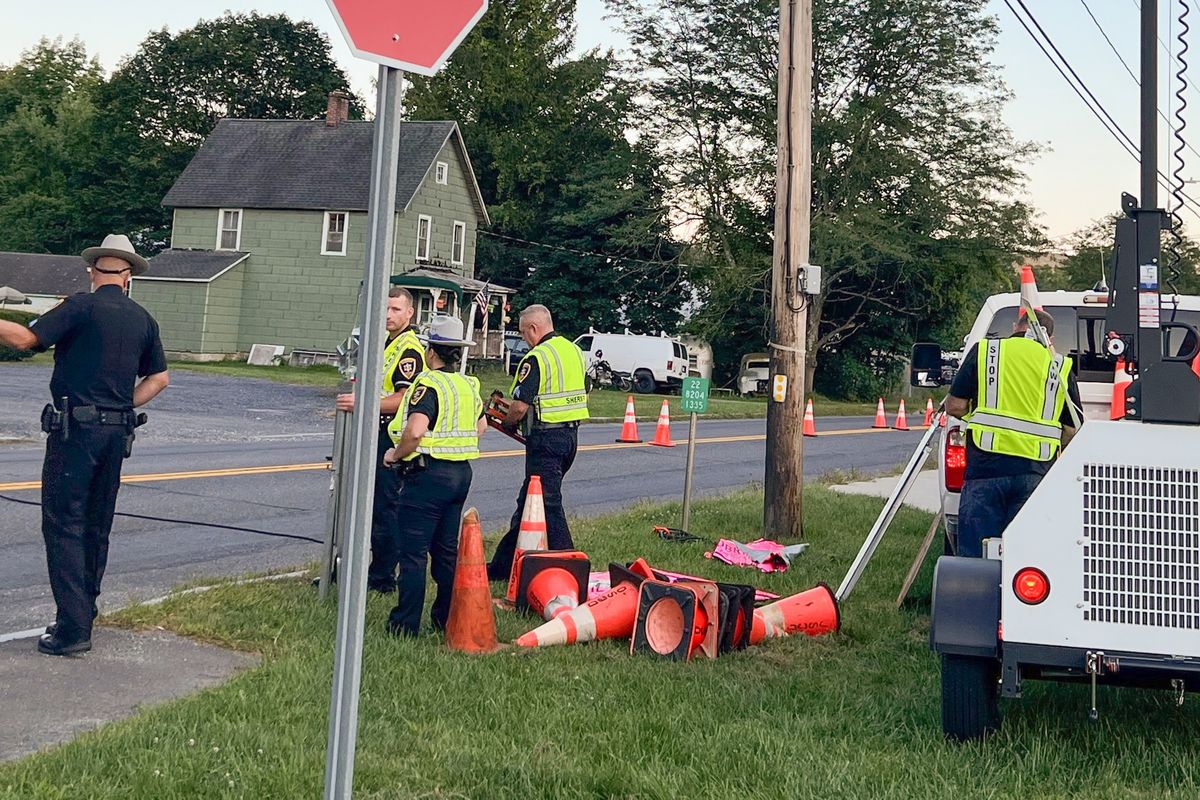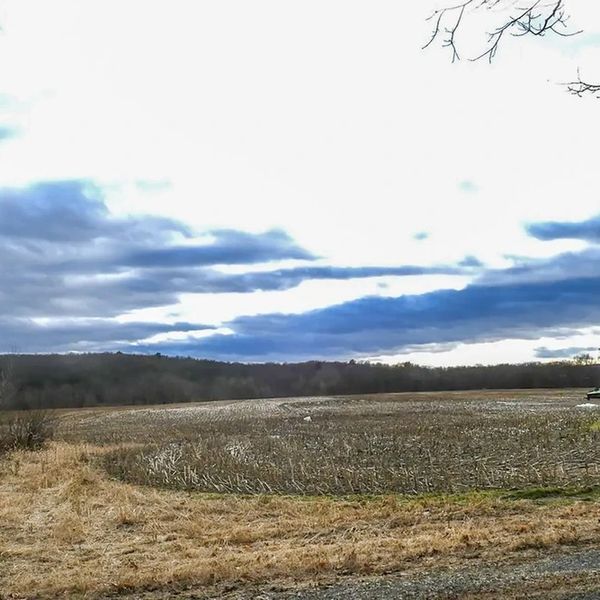Cary Institute unveils $14M redesigned science building

Supporters, board members and staff of the Cary Institute of Ecosystem Studies attended the grand reveal of the renovated science building on Friday, April 8, after the Millbrook research center spent $14 million on redesigning the newly named Tozer Ecosystem Science Building.
Photo by Judith O'Hara Balfe

















